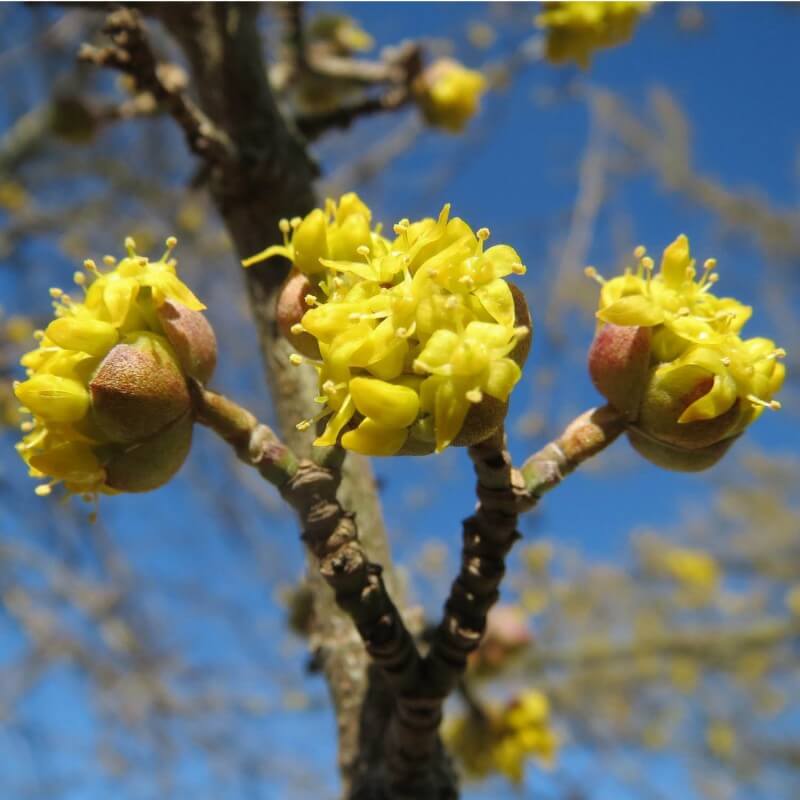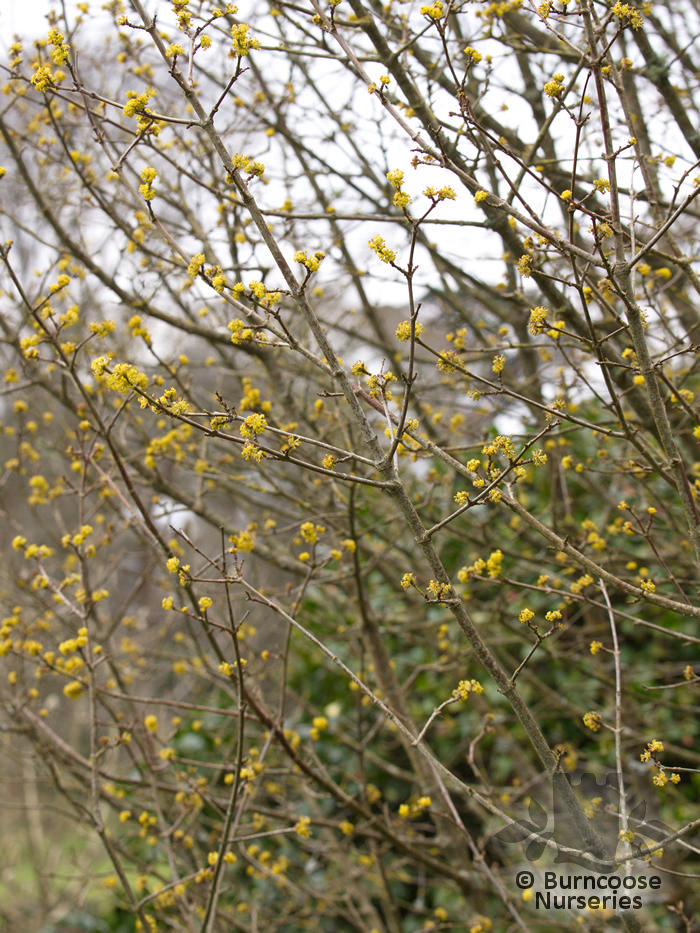

The aim of this study was to determine the shape, dimensions, anatomical structure, and surface morphology of the pollen grains of some cornelian cherry cultivars native to the Anatolian peninsula. The present study represents the first report on this subject. However, no prior literature exists on the surface morphology and ultrastructure of the pollen grain of cornalian cherry.

Structural characteristics of the pollen grains of many fruit species have been described in previous studies ( Arzani et al., 2005 Currie et al., 1997 Fogle, 1977a, 1977b Javady and Arzani, 2001 Lanza et al., 1996 Martens and Fretz, 1980 Mert and Soylu, 2007 Westwood and Challice, 1978). Shape, size, surface morphology, and ultrastructure of pollen grains are of great importance in characterization of the pollen grains ( Currie et al., 1997 Fogle, 1977a Martens and Fretz, 1980 Mert and Soylu, 2007). Many researchers have investigated the definition and characterization of pollen grains with respect to their abnormalities ( Abreu et al., 2006 De Vries and Ie, 1970 McCreight, 1984 Mert and Soylu, 2007 Radice et al., 2008). The features and anatomy of normal and abnormal pollen grains have shown great variation in various fruit and plant species. For this reason, the viability and/or sterility of the pollen grains is of great importance in the fruit set of these cultivars ( Mert and Soylu, 2006). Fruit set is also dependent mainly on the fertilization process in the cornelian cherry cultivars. Pollen grains are the male gametophytes and take part in the reproductive biology. Taxonomists and paleobotanists considered the importance of pollen development and morphology in clarifying the classification and identity of many plant species, e.g., peach, nectarine, sweet cherry, European plum ( Prunus domestica L.) ( Fogle, 1977a), olive ( Olea europaea L.) ( Javady and Arzani, 2001 Lanza et al., 1996), apple ( Malus domestica Borkh.) ( Currie et al., 1997 Fogle, 1977b), and chestnut ( Castanea sativa Mill.) ( Mert and Soylu, 2007). This early flowering is evident in the orchards as a result of its bright yellow flowers. Flowering time is early relative to various other fruit species and occurred in the middle of February. Fruits are similar to sour cherries except the fruit shape, which is rather elliptical. They have a small or medium size tree form and the fruit is a stone fruit with one seed. Keywords: Cornus mas morphology pollen SEM TEM ultrastructureĬornelian cherry ( Cornus mas L.) is one of the original fruit species of the Anatolian peninsula. Abnormal pollen grains were categorized as: 1) shrunken pollen grains of abnormal appearance with little cytoplasm 2) pollen grains of normal appearance with little or no cytoplasm and 3) shrunken, abnormal pollen grains of elliptical shape with a colpate-type aperture. Percentages of abnormal pollen grains ranged from 3.9% to 27.6% among the cultivars. Significant changes in various layers of the pollen wall are as follows: the thickness of the intine: 233.1 to 406.4 nm, exine: 510.2 to 842.7 nm, and total wall 851.4 to 1175.8 nm. Two different pollen shapes were observed: oblate spheroidal and prolate spheroidal. Pollen grain length for the studied cultivars ranged from 23.63 to 25.13 μm.
#Cornus mas l. plant in new england full#
Pollen grains of cornelian cherry cultivars are trizonocolporate, the germinal furrow extending almost the full length of the grain axis.


Morphology and ultrastructure of pollen grain were described for six cornelian cherry ( Cornus mas L.) cultivars (Degirmendere, Erkenci Degirmendere, İri Bardak, Yuvarlak Bardak, Uzun Memeli, and Bugur) using light microscopy and both scanning and transmission electron microscopy.


 0 kommentar(er)
0 kommentar(er)
